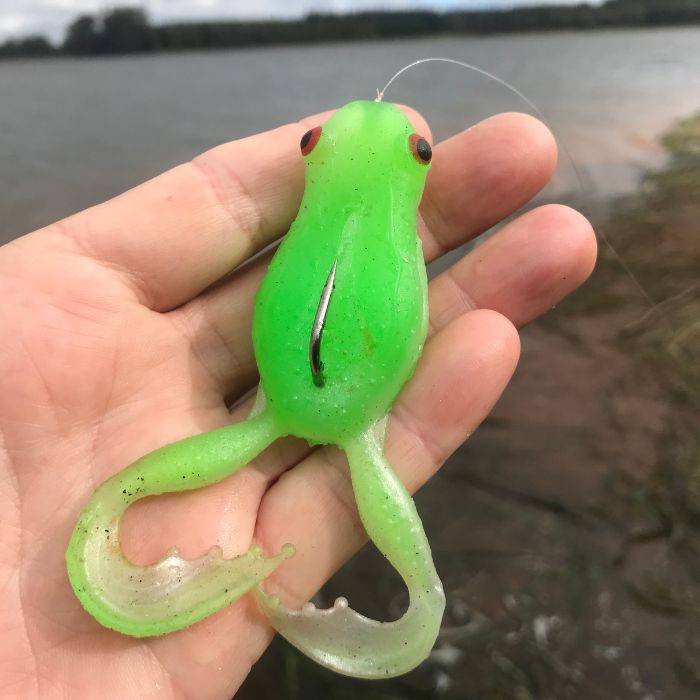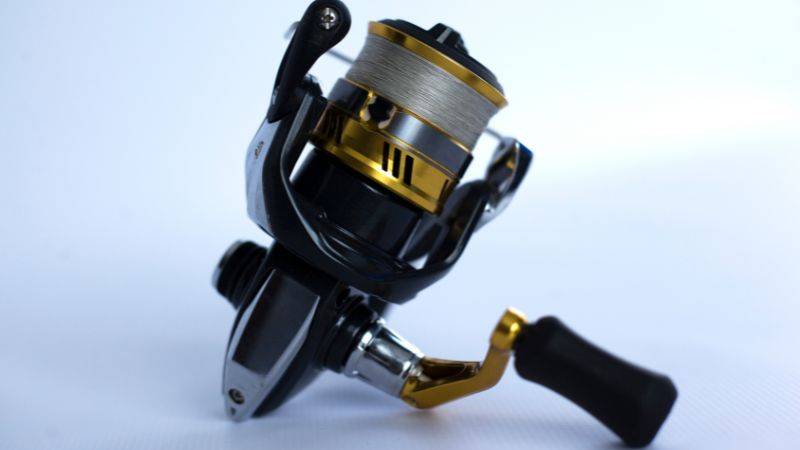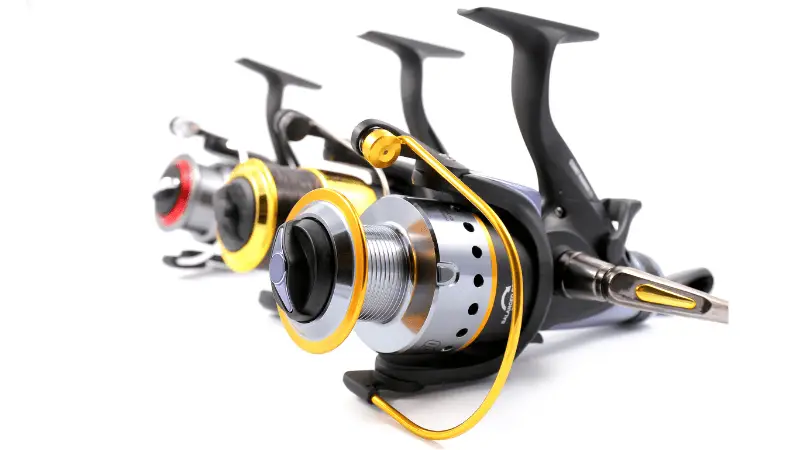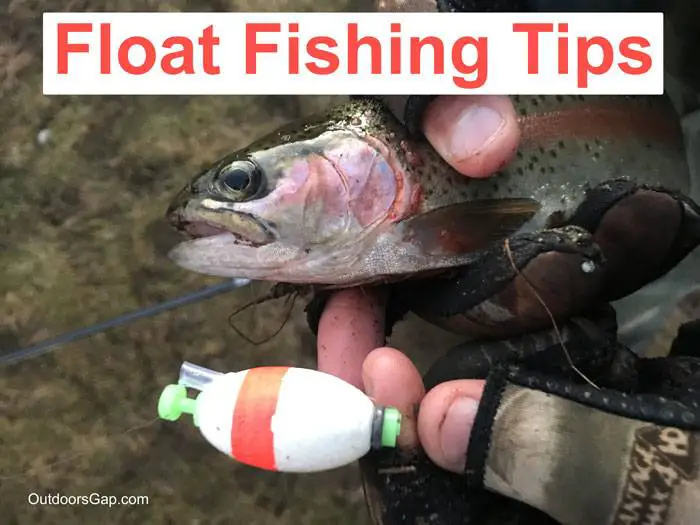
Using a fishing float is an effective method for catching a wide variety of freshwater and saltwater fish.
A float is a good for fishing high in the water column with bait, or even some lures. So in this article we are going to cover 29 float fishing tips for beginners. Intermediate anglers and pros might get something useful out of this article as well.
This article may be helpful as well, for several different ways you can rig up a float, (with illustrations) click on – How To Set Up A Fishing Rod With A Float
Why Use A Fishing Float?
Before we get into the fishing tips, hacks and information, here are some positives of using a float.
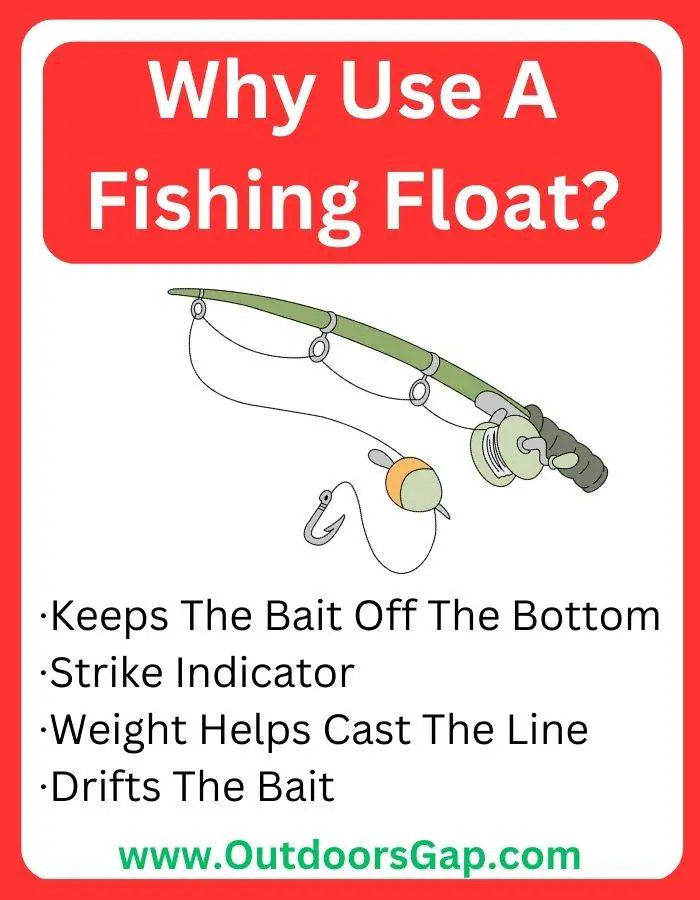
- Keeps The Bait Off The Bottom
- Strike Indicator
- Weight Helps Cast The Line
- Drifts The Bait
One big advantages of using a float when fishing is that it helps keep the bait off the bottom and away from snags. It is great for hovering bait over a weed bed, instead of the bait getting buried in the weeds.
Another benefit is the float is a visual strike indicator. When it is pulled down, you know you have a bite.
The weight of the float also helps you cast the bait out.
Another advantage that isn’t talked about (and I believe this is a great advantage when fishing) is that it moves the bait around, or drifts and it covers fresh areas where the fish might be.
The drifting can also give the bait or lure more action in the water, especially if there is some wave action or current on the float, which will move the bait up and down as well.
Float Fishing Tips
1. Check the Float: If the float isn’t drifting with the wind, or it is sideways, the hook may be snagged on some weed.
2. Use Split Shot: This works well with a float if you want your bait to sink. As an example, some types of Powerbait will float, so the split shot will help the bait to sink.
Another example is if you use live bait, it can freely swim about and hide in the weeds, etc., so split shot can hinder the moving bait.
You attach the split shot weight several inches above the hook.
Split shot is not only good for float fishing, but you can use it for fishing soft plastics as well. Use it on your rigs for bass, trout, catfish, perch, crappie, etc., to help get the artificial lures down.
3. Paint the Float: Some clear or white floats are hard to see on the water when fishing them, so don’t be afraid to paint them. Try colors like yellow or fluorescent orange or pink.
4. Grease the Fishing Line: You can / should grease the main fishing line when fishing with a float rig with monofilament or fluorocarbon line.
Use Mucilin Silicone Line Dressing (or Vaseline) to stop the line sinking and pulling the float back towards the angler.
Don’t grease the leader as you want the leader to sink. Unless you want it to float as you are fishing grasshoppers or crickets for bait.
5. Hold the Rod: The good fisherman or fisher lady will ideally hold the rod in their hand while they wait, so they can feel the bite and be quick to strike the fish.
6. Have Spare Stoppers: For floats that slide on the line and need stoppers / wedges inserted into them, have some spares in case you lose them. You can also make them out of matches or sticks.
7. Use A Light Line: A light poundage line will give you better sensitivity and allow your bait to move more freely in the water. This is important when fishing with a float because you want your bait to move naturally with the current or wind.
8. Experiment with Float Depth: If the fish are feeding close to the surface, rig the float (slide the float down the line) with a short leader. If you don’t see any surface activity, have a longer leader. Lengthen the leader later on if you are not getting any bites.
If you are getting snagged a lot, slide the float down the line to shorten the leader length.
For fishing in a snag prone area, check out – How to Avoid Getting Snagged While Fishing
9. Fish at The Right Time: Different species of fish are active at different times of the day. Try around dusk and dawn for fish like bass and trout. For the keen angler, throw a float rig out at night and hopefully you will get onto some trophy fish.
10: Fishing Line Tips When Using a Float: Mono, braid and fluorocarbon all have their positives and negatives. Here are some points:
Monofilament has more stretch than braid fishing line.
Fluorocarbon is meant to be “more invisible underwater to fish” but is more expensive then mono.
Braid fishing line will float.
Braid fishing line is good to use for the main line for float fishing. As you don’t have to grease it, as it floats.
But braid is generally not recommended for beginners, as it tangles very easily.
For beginner anglers, monofilament fishing line is recommended. As it is cheaper, easily available and easier to work with.
11. D.I.Y. Floats: Make some D.I.Y. fishing floats out of old wine corks, or dense foam from the hobby shop.
12. Rod Bells: Ideally have the rod in your hand to feel the bites and be quick to strike the fish, but when you are fishing more than two rods, use rod bells.
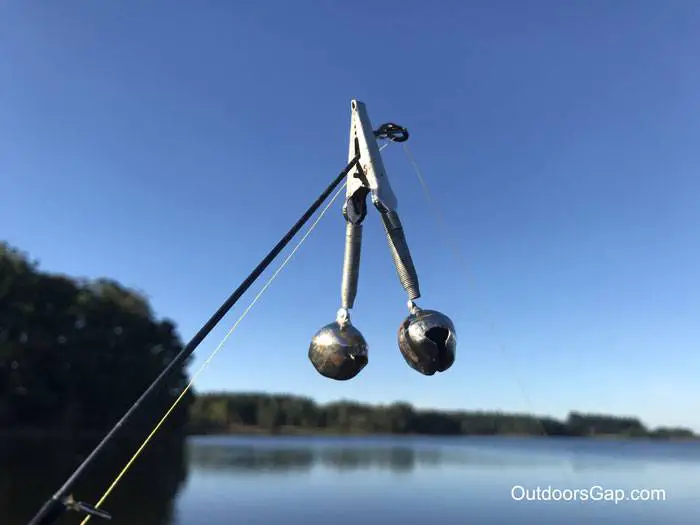
These clip onto the tip of your rod and when a fish pulls on the fishing line, the bells jingle. They are good for night time fishing when you can’t always visually see your rod tip or float move.
13. Upside Down Floats: With some floats, you can fish them either way upright, like upside down. (Like some bubble floats.) Other floats have some lead weight on the bottom and can only be rigged up and fished vertically one way. If you are not too sure before rigging it, place it in some water and see how it sits.
14. Bubble Floats: With some bubble floats, you can fill them up with water to help cast out further. The water can also help the buoyancy of the float.
However, too much water in the float will make it sit low to the water and hard to see.
15. Float Size: Another fishing tip is – For different water conditions, have several size floats handy.
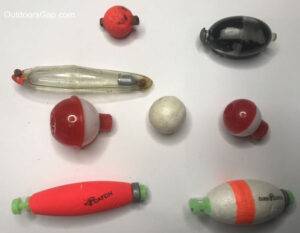
As an example, use bigger size floats for bigger baits and rough weather conditions. They are also easier to see.
Small floats work well with small baits and calm waters.
Very small floats also work well in streams with micro lures and soft plastics like the – Trout Magnet and Z-Man Micro Finesse Larvaz
16. Use the Right Hook: The size and type of hook you use will depend on the size of the fish you’re targeting and the type of bait you’re using. Obviously, don’t use a big shark hook for panfish. Make sure your hook is sharp and properly sized for your bait.
17. Pay Attention to Your Line: Keep your line tight to feel any bites or movements. This will help you set the hook more quickly. Keep an eye on your line for any movement or tugs. This can indicate that a fish is biting.
18. Use Live Bait: Live bait and afloat rig is generally more effective than artificial bait. So if you can use bait like minnows, crawfish and worms. If you can’t always get live bait, then Powerbait can be a good standby bait for trout and panfish.
19. Use a Bobber Stop: A bobber stop is a small plastic stopper that keeps your float from sliding too far up your line. This can help you control the depth of your bait more easily.
20. Try Different Spots: Cast your bait in different spots and let the ripple and wind work the bait and float. If you don’t have much luck, don’t be afraid to try other spot, even if it is just 20 yards away.
For boat fishing, my father used to move every 15 to 20 minutes if we had no bites.
21. Use a Scented Bait: If you are using bucktail jigs or soft plastic lures under a float, try using some artificial scent, or fish attractant on it. This works well at attracting fish, especially in murky water or when the fish are less active.
For tips and techniques for fishing dirty water, click on – How to Fish Murky Water
22. Use a Long Rod: A longer rod for the land based angler will give you more casting distance and better control over your bait and float. Stick with the well-known rod and fishing brands like Shimano, Abu Garcia, Daiwa, Okuma, St. Croix, Ugly Stik, G. Loomis, Penn, etc.
23. Watch the Weather: For land based angling, you want the wind behind you coming offshore. Otherwise the float will blow back in. Pay attention to the weather and adjust your fishing location accordingly.
24. Stay Quiet: When fishing in small streams and rivers, fish are easily spooked by noise and movement. Avoid making loud noises or sudden movements that could scare them away.
Don’t cast the float directly where the fish are, but let it drift the bait naturally into the fish’s path.
25. Use Rod Holders: Rod holders are good for keeping the rod out of the mud and sand.

For float fishing you can also angle the rod up high, so the wind can catch the line and help the float drift out a fair way. This way the bait covers more area.
If you don’t won’t the wind to catch the fishing line, lower the angle of the rod holder and rod.
26. Keep Your Hooks Sharp: Check your hooks regularly and sharpen them if necessary. A dull hook can cause you to miss bites or a lost fish.
27. Fish near Structure: This is an important fishing tip. Pay attention to the environment around you and fish near structure.
Small baitfish and aquatic insect will hang around these areas and it provides food and cover for big fish as well.
Try fishing near:
- Weed beds
- Piers
- Rock walls
- Submerged timber
- Reefs
- Channels
- Overhanging branches and ledges
- Drop offs
28. Change Your Bait Often: If you’re not getting any bites, and you have tried your bait at different depths, try changing your bait. Fish can be picky and may only be attracted to certain types of bait or fresh bait.
29. Be Patient: Fishing with a float requires patience. It may take some time before you get a bite, so be prepared to wait. Hopefully if you put the time in you will get rewarded.
Conclusion
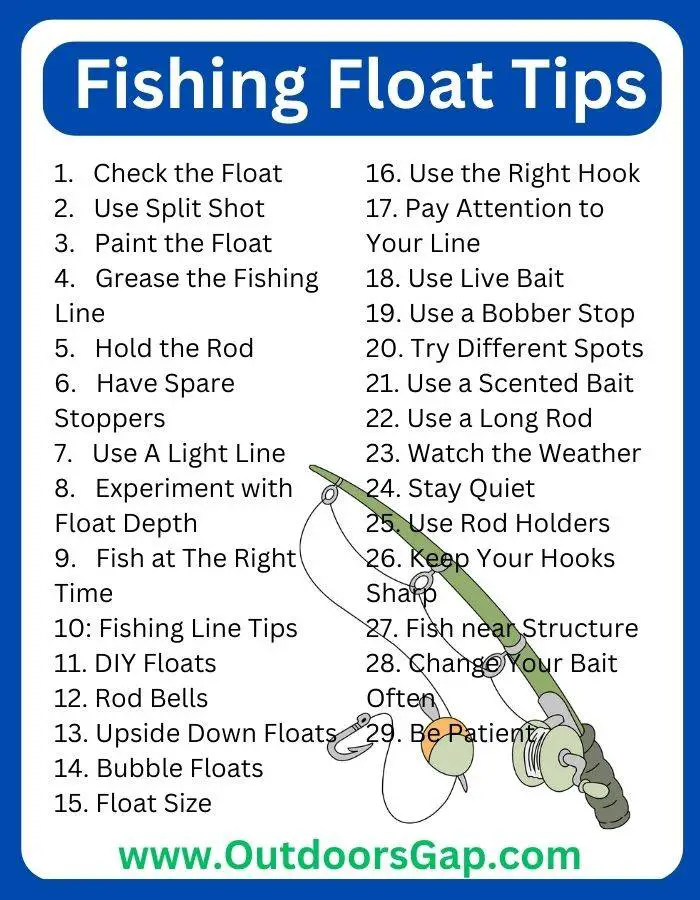
Fishing with a float is an effective technique as it helps avoid snags and keeps the bait high up in the water column. It is also a good visualize strike indicator and with some wind or current will work the suspended bait effectively.
We hope you enjoyed these float fishing tips for beginners.

